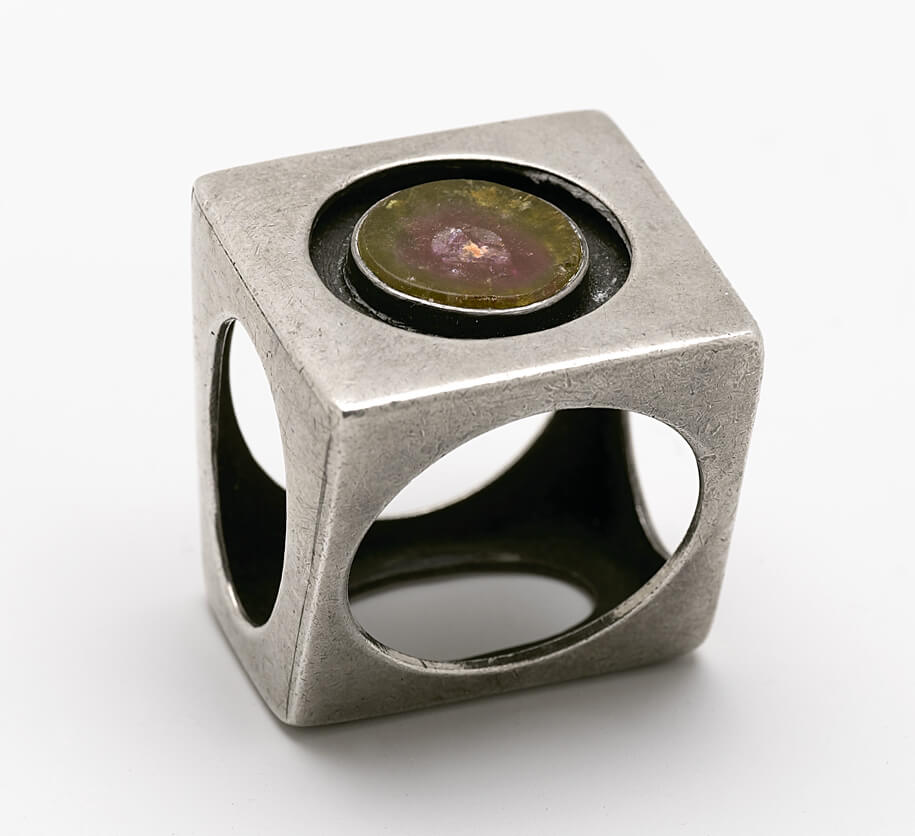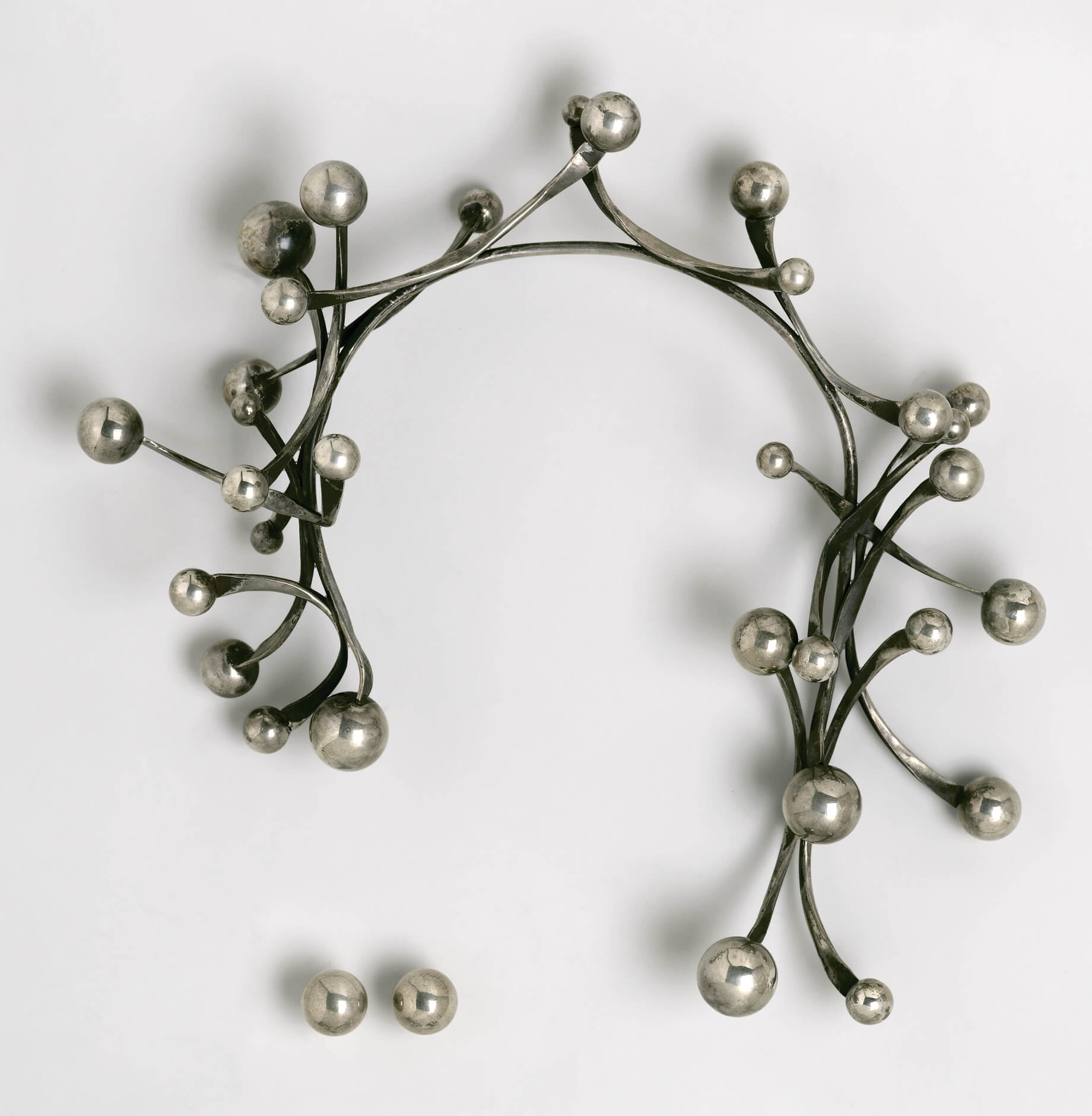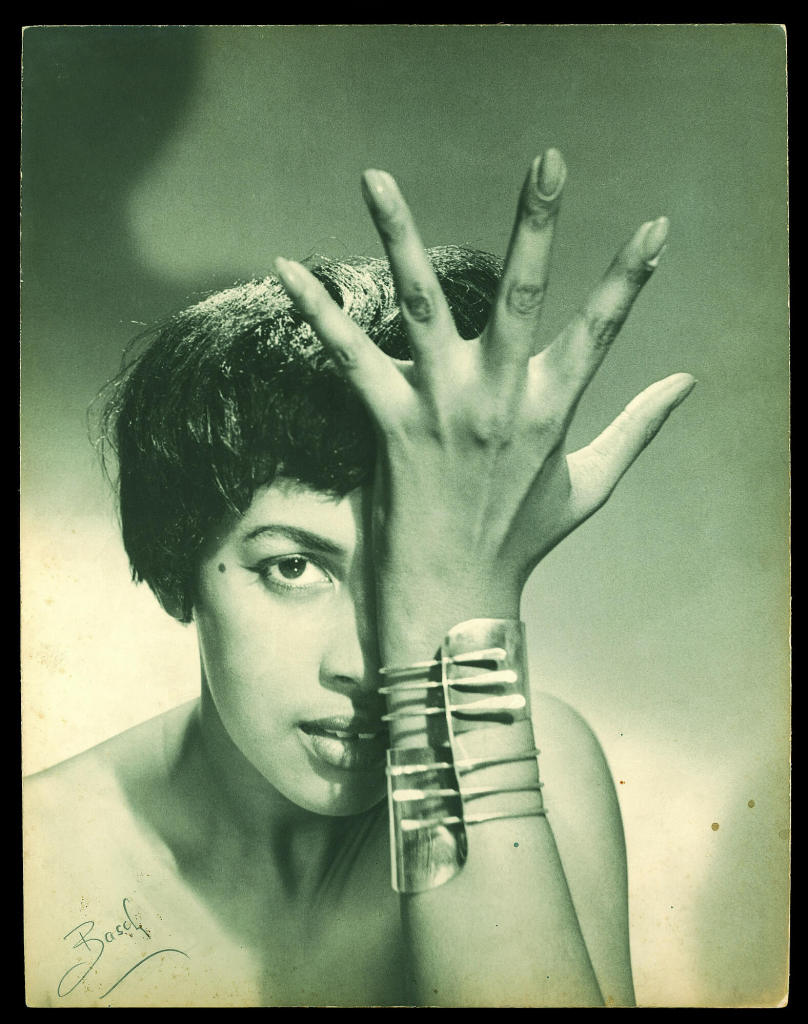Brooklyn Museum
The Brooklyn Museum is an art museum located in the New York City borough of Brooklyn. At 560,000 square feet (52,000 m2), the museum is New York City’s second largest in physical size and holds an art collection with roughly 1.5 million works.
The Brooklyn Museum has 28 American period rooms which are in some ways unique and among the first of their kind. They range in date from a 1675 Dutch house from Flatlands, Brooklyn, to a 1928 Art Deco library from a New York Park Avenue apartment. On the whole they are a model of architectural authenticity.
Their greatest weakness stems from confusion of intent: in fact, the rooms serve two purposes. On the one hand, they are furniture galleries because of lack of space elsewhere; and on the other hand, they do attempt to portray an accurate historical and stylistic impression of the past.
From the Village to Vogue: the Modernist Jewelry of Art Smith
“From the Village to Vogue: The Modernist Jewelry of Art Smith,” organized by the Brooklyn Museum, spans Smith’s career and features his work from the late 1940s through the 1970s. The exhibition is enhanced by archival material from the artist’s estate, including the original shop sign designed by Smith and period photographs of models wearing his designs as well as sketches and a selection of unfinished works and shop tools that showcase Smith’s working process.
“Art Smith’s designs are dynamic, kinetic, wearable sculptures,” said Sarah Schleuning, curator of decorative arts and design at the High. “Smith sees the human form as a natural extension of his jewelry, which creates unique and dramatic presentations. He is an important designer whose work the High is proud to present to our community.”
Smith was one of the leading modernist jewelers of the mid-20th century. Inspired by Surrealism, biomorphism, primitivism and a deep understanding of the female form, his jewelry is dynamic in size and shape while remaining lightweight and functional.
Indebted to American sculptor Alexander Calder and his kinetic, abstract designs, Smith created wearable, ornamental interpretations of contemporary art. Smith typically eschewed expensive materials traditionally used in jewelry-making (gold, platinum and precious stones) in favor of lesser materials, such as copper and brass. The rare silver and gold works featured in the exhibition were in Smith’s personal holdings at the time of his death and presumably represent the best examples of his work.
The exhibition features some of Smith’s most famous designs, including:
- The “Patina” necklace, inspired by Calder’s mobiles
- The “Undulation Ring” with three semi-precious stones that stretch over three fingers
- The “Lava” bracelet, or cuff, which extends over the entire lower arm in overlapping forms















